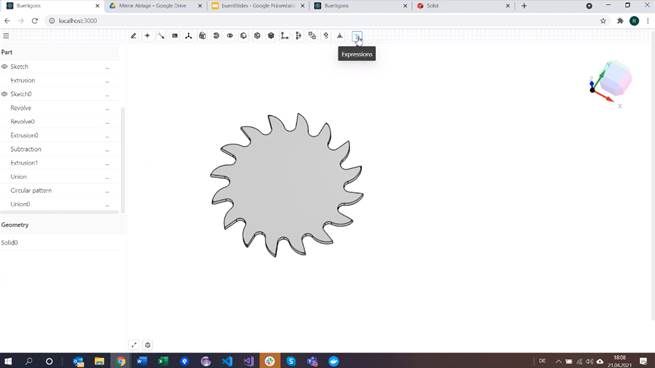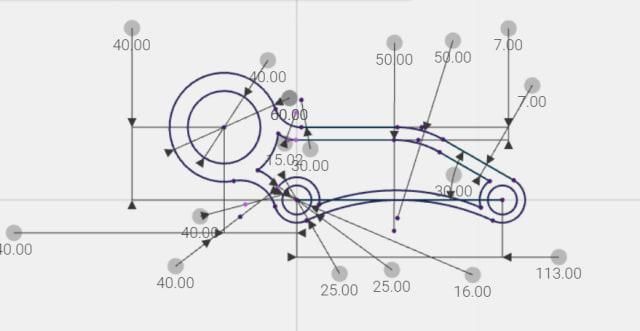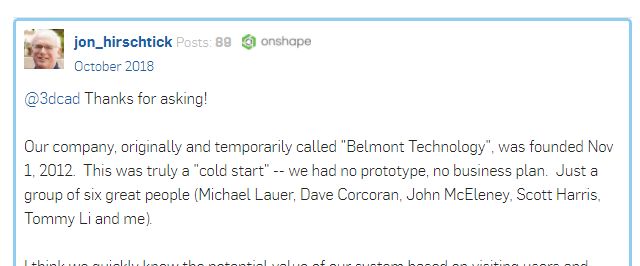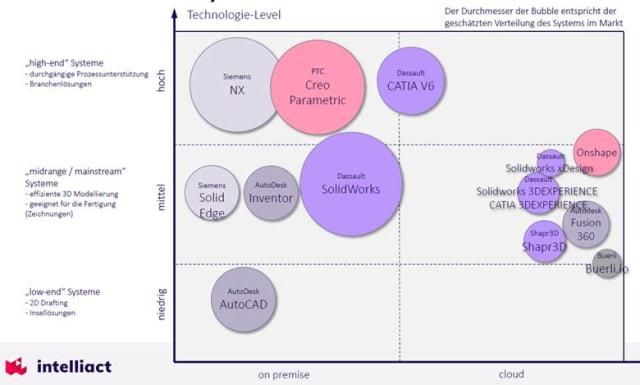
A tiny group of developers saw that the future of CAD was on the web in 2010. They called it Buerli.
In what was the mechanical design deal of this young century, PTC bought Onshape on the other side of Boston, the “full-browser” produced by the CAD rock stars who gave us SOLIDWORKS, for $470 million. Announcing the deal, PTC CEO Jim Heppelmann said that it was a small price to pay. Developing a similar CAD browser-based CAD program would have cost us more, said Heppelmann.

But in a skunkworks nestled in the mountains of Switzerland (St. Gallen, east of Zurich) are six brilliant mathematicians and developers who have been creating CAD code for more than 20 years but remain unknown to the world—save for a couple of European firms they were contracting with. As early as 2010, AWV Informatik AG had been writing code for a web-based CAD program they had named Buerli, after a bread (more on that later). It was two years later that six far more famous people (Jon Hirschtick, Michael Lauer, Dave Corcoran, John McEleney, Scott Harris, and Tommy Li) would form Belmont Technology, rename it Onshape and move to Cambridge, Mass., in 2012. It was a “cold start” says Hirschtick on Onshape’s forum. Not a single line of code had yet been generated.

Onshape, which started out as Belmont, was incorporated about two years after AWV Informatik had already started creating code for a full-cloud CAD program. (Picture courtesy of Onshape.)

What Is Buerli?
Buerli is a collection of code modules that can be used to construct a web-based CAD application. AWV is working on Buerligon, which is an end-user application that is similar to Onshape.Buerli is billed as a portable CAD system you can install anywhere (locally or on the cloud) as an engine for your specific application. A developer would use its various components—for example, SolidAPI for solid modeling, HistoryAPI for parametric modeling and assembly—to make a customized CAD application that is fully web-enabled and usable on a browser.
AWV Informatik is developing Buerligons, a general-purpose, history-based, parametric browser-based solid modeler (like Onshape) for end users—rather than the code modules for developers. Buerligon uses the SMLib geometric kernel from Solid Modeling Solutions. SMLib is used by CD-Adapco, ModuleWorks, Trimble’s Vico and others.
Buerligon development is at an early stage but has basic part and assembly functions implemented.
We need more resources to proceed, says Rainer Weigel, CEO of AWV Informatik.
AWV targets manufacturers as ideal candidates for Buerli as they can create a custom web-based CAD product for specific functions. For example, a company that would like to let its customers self-configure a product and supply them with its manufacturing facility to produce the manufacturable model. After supplying a few parameters—say, the number of teeth on a gear, the imprint of a foot, or the cylinders on an engine—Buerligon would provide the models for the parts or the tooling to create the gear, shoe or engine.
Read more at ENGINEERING.com
